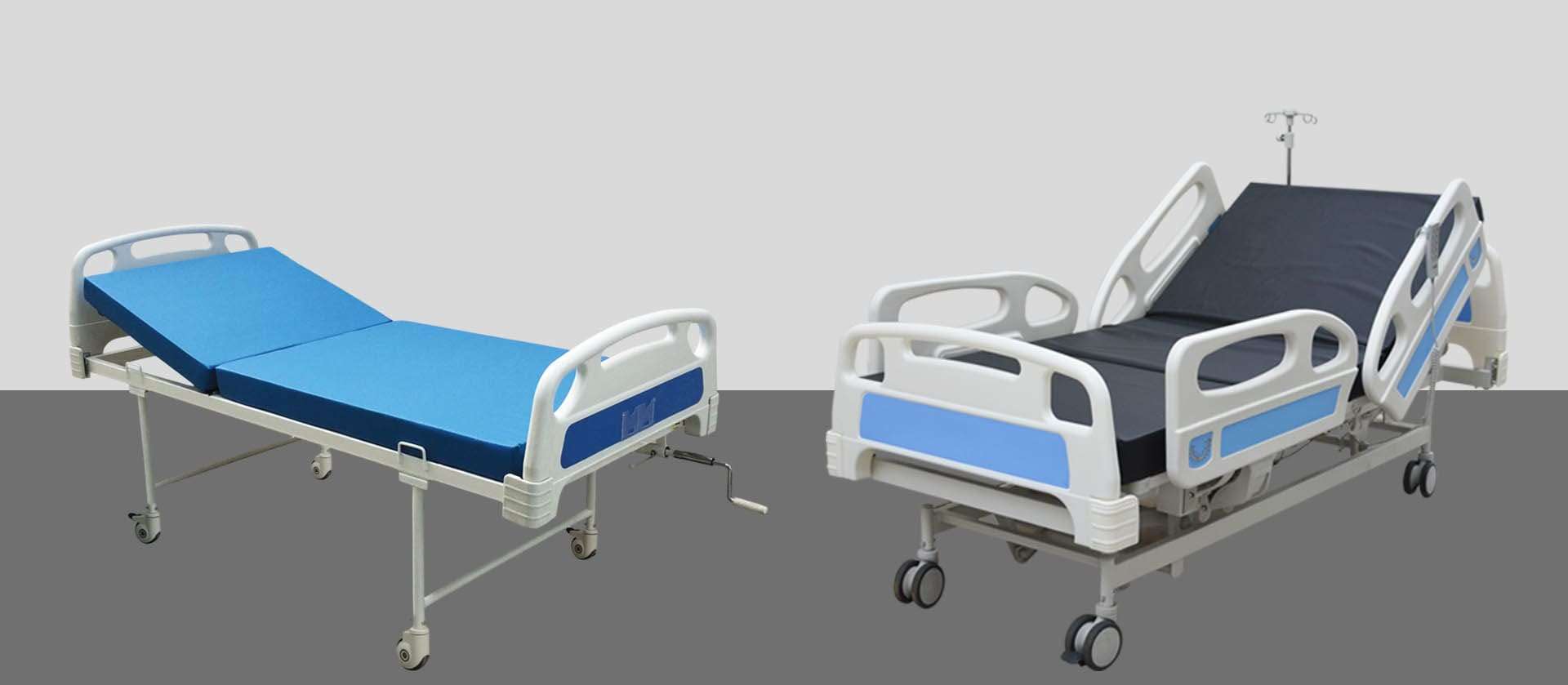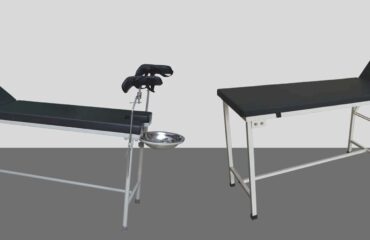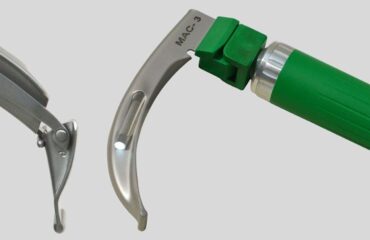Hospital beds are specialized beds designed for the care and treatment of patients in medical facilities such as hospitals, clinics, and nursing homes. These beds are essential for providing comfort, support, and medical assistance to patients who may be recovering from surgery, undergoing treatment, or experiencing chronic illnesses. Here’s an overview of hospital beds:

Standard Hospital Beds:
These beds typically have adjustable features such as height adjustment, head and foot elevation, and side railings. They are designed to accommodate various medical needs and facilitate patient care and mobility.
Electric Hospital Beds:
Electric beds are equipped with motors that allow for easy adjustment of bed height, head, and foot positions, often controlled by a handheld remote. This feature enables patients to adjust their positions for comfort and facilitates caregiver tasks such as patient repositioning and bed making.
Bariatric Hospital Beds:
Bariatric beds are designed to support heavier patients, providing a wider and more durable sleeping surface compared to standard beds. They have higher weight capacities and reinforced frames to ensure patient safety and comfort.
Low Hospital Beds:
Low beds are closer to the ground, reducing the risk of injury from falls for patients with mobility issues or those at risk of falling. These beds are often used in geriatric care settings and rehabilitation facilities.
Intensive Care Unit (ICU) Beds:
ICU beds are equipped with advanced features such as integrated monitoring systems, electronic controls for precise patient positioning, and special mechanisms for life support equipment attachment. These beds are designed to meet the unique needs of critically ill patients requiring intensive medical care.
Pediatric Hospital Beds:
Pediatric beds are specially designed for infants and children, featuring smaller dimensions, colorful designs, and safety features tailored to the needs of pediatric patients.
Specialty Beds:
There are also specialty beds designed for specific medical conditions such as pressure redistribution mattresses for preventing pressure ulcers, air-fluidized beds for wound care, and traction beds for orthopedic treatments.
Home Hospital Beds:
These beds are designed for home use, providing similar functionalities to hospital beds but in a more compact and user-friendly form. Home hospital beds are often used for long-term care of patients with chronic illnesses or disabilities who require assistance with activities of daily living.
Overall, hospital beds play a crucial role in patient care by providing a supportive and comfortable environment for healing and recovery. They come in various types and configurations to accommodate the diverse needs of patients across different medical settings.


